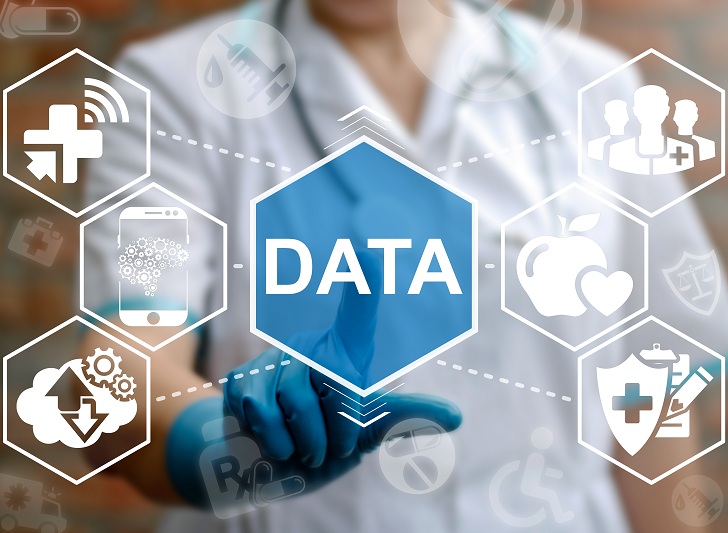
Imagine this for a second: what if we lived in a world where no matter your background, no matter where you lived, no matter what your income, you could get the best healthcare a doctor could provide. That sounds great, right? What if lack of access to the internet didn’t stop a doctor from getting the latest info about your health? What if instead of having your data stored on a piece of paper, where it could be easily compromised by someone stealing it or it getting lost, that data was stored in a secure cloud, where it will only be easily accessible to the people who have permission to view? Some of it sounds too good to be true, right? Perhaps it is – but it is also the wonderful reality we live in now.
Over the past few decades, the healthcare industry has drastically evolved. Thanks to organizations like Doctors without Borders and Sanford World Clinics, as well as technological innovation, developing regions of the world are finally starting to get the care that they need. But of course, there are still challenges to overcome….
In urban areas of America, when a patient is admitted to a hospital, a doctor can pull up their records on a computer or tablet, using their cloud based EHR systems, find the patient’s medical history, input the latest issues, symptoms, test information and any other data that is necessary knowledge and create a treatment plan immediately.
But the same cannot be said about less fortunate parts of American and several countries. For instance, Honduras. Due to unreliable internet service and/or power, keeping up with electronic patient records can be cumbersome and downright impossible at times. And in a place like Hospital Loma de Luz – which includes a 50-bed, mission hospital with three operating rooms, eight out-patient clinic examining rooms, an emergency department, specialized clinics, a laboratory and a pharmacy – this becomes more complex.
However, there are solutions to problems such as these. For instance, our system, blueEHR, has an electronic health solution that constantly syncs with servers when connected to an internet source, so that doctors can have continuous access to patient records and be able to input data. A regular cloud based EHR system would not be able to function without internet access, because doctors would not be able to access or input data. Basically, an eHealth solution is quickly rendered useless without the ‘e’ – in this case, the internet.
Customizable, cloud-based EHR addresses the ‘last mile problem’ of healthcare, enabling continuity of care in the most disconnected places.
— blueEHR | Health IT (@zhhealthcare) August 23, 2017
In the blueEHR system, connectivity issues or lack of constant internet access will not interrupt a provider’s work. They would be able to continue as usual by working offline and when they have access to the internet again, the data will sync and the patient data will automatically update. While an intermediary solution, it addresses the main frustrations providers have with service disruptions and enables more consistent, coordinated patient care.
But the benefits don’t stop there, because this capability also expands provider care in different ways. With offline capability, doctors will be able to download records into one concise file and take it with them when visiting offsite patients. During, or if the internet cannot be accessed, after the visit, the doctor can input new patient data into the system in real-time and when they have internet access again, the patient’s record will sync with the overall system and be safely and securely be backed up into the cloud.
These are some of the benefits of the cloud – data is backed up securely and it is safely accessible from any place with connectivity. It greatly contrasts systems of the past – especially on-premise server systems. Cloud technology is revolutionizing how care can be provided.
With cloud technology, a nurse can check patient records during a home visit and won’t need to transcribe notes when they return to the office, because the system will sync automatically. A hospital in a rural area can continue caring for patients when the power goes out and when the power comes back on, patient records will include all care plans created during the blackout.
A fully-customizable, cloud based EHR system is the streamlined, mobile solution that the healthcare industry has been looking for. It addresses the ‘last mile problem’ of the healthcare industry, enabling continuity of care in the most disconnected situations. This is something that makes healthcare more accessible and affordable and it’s a leap in the right direction.